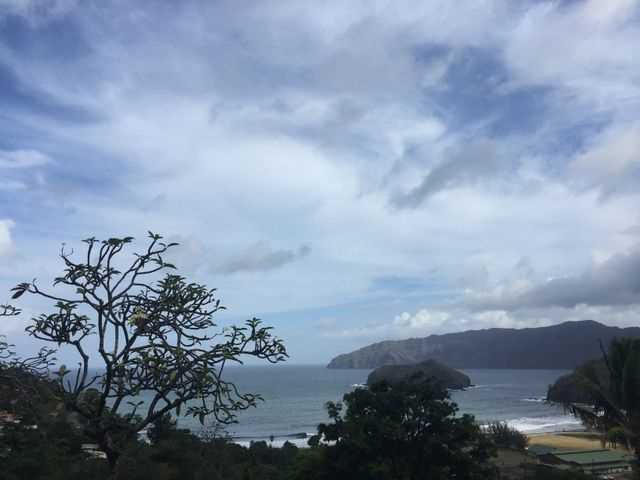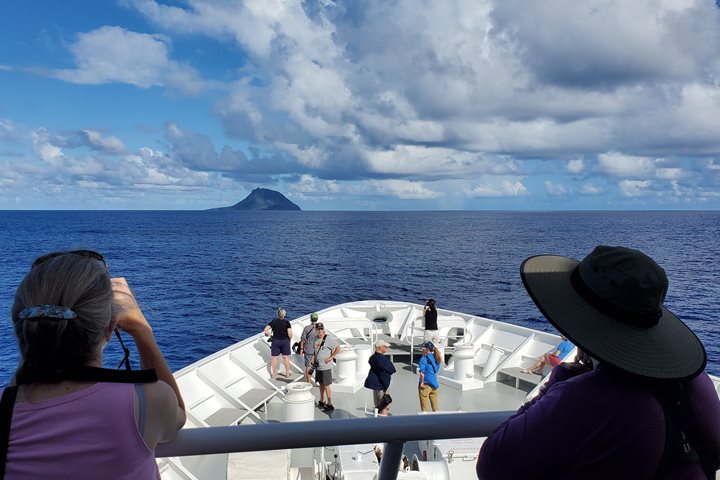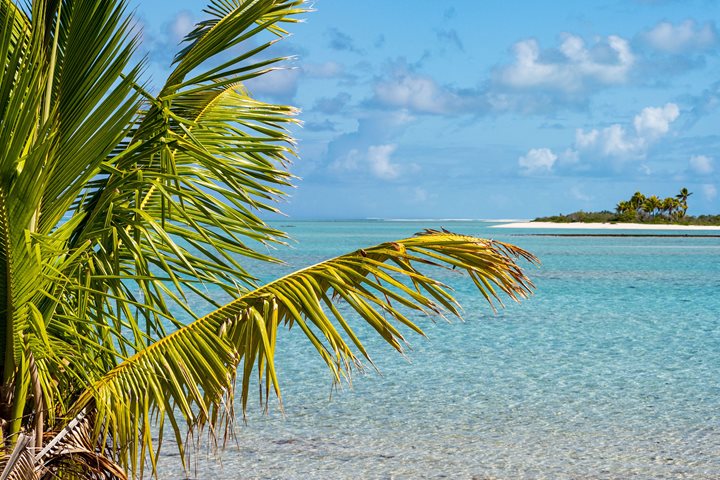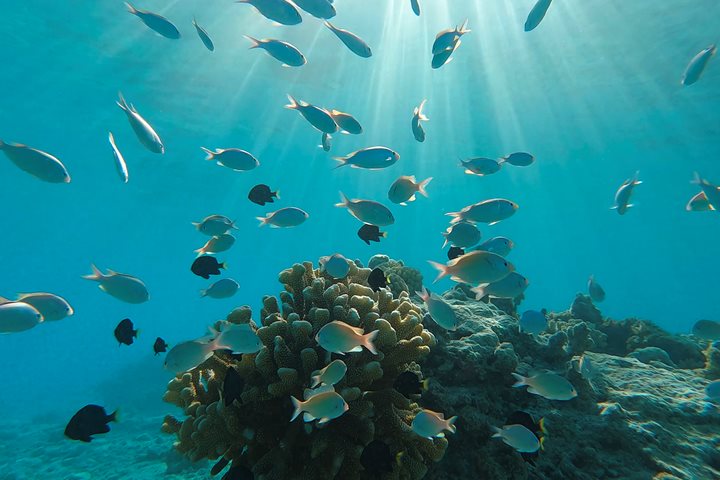The shores of these islands drop off so quickly that we are always surrounded by deep ocean, even near shore. The nutrient-rich water is perfect habitat for manta rays, and so we have been keeping a sharp lookout since we arrived at this archipelago – and today was our day.
Both morning and afternoon we had groups of snorkelers out cruising the water for a chance to explore the deep blue and perhaps catch a glimpse of these amazing animals. Their graceful “wings” sometimes breaking the surface (fins, of course, though it’s sometimes hard to remember with their appearance so unlike most other marine life). As the day wore on, more and more rays appeared, so more and more of us had a chance to see them sail underwater and feel as if we too were flying just by sheer association!
Other highlights of the day included a trip to a large sacred site in the community of Puamau and a trip across the island to the town of Atuona.
The drive to Atuona was an opportunity to go high above the ocean and into the interior forest. Once we arrived on the other side, we spent time learning about some of the modern European history of this island. Paul Gauguin, the French painter, lived much of his adult life here. Many of his paintings were inspired by these islands, and he was buried here in 1903. Jacques Brel, the Belgian singer, is another famous European who lived here at the end of his life, and he is buried in the same cemetery. It is a beautiful spot high above the village, full of flowers and overlooking the ocean.
Our day ended at the Paul Gauguin Centre, which tells the artist’s life story with many reproductions on display. We also saw a small museum dedicated to Jacques Brel, including his little airplane that has been restored.







